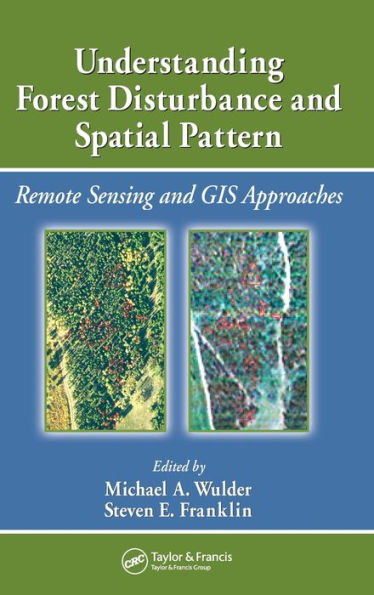Written by experts, peer-reviewed to adhere to the strictest standards and highest quality criteria, these chapters discuss natural and human-caused forest change and consider factors such as biological setting, monitoring approaches, scale issues, and pattern analysis. The book explores forest disturbance and spatial pattern from an ecological point-of-view within the context of structure, function, pattern, and change. It concludes with a summary of the issues related to detection and mapping of forest disturbances with remotely sensed and GIS data. The authors elucidate how the elements presented, from ecological underpinnings, data considerations, change detection method, and pattern analysis, combine into a problem solving, information generating approach.
You may find this subject covered briefly in a small sub-section in remote sensing forestry texts, or in limited technical detail in the ecology literature. The in-depth, detailed information provided in this book allows you to develop an understanding of the application of BOTH remote sensing and GIS technologies to forest change and the impacts of fire, insect infestation, forest harvesting, and other potential change influences – such as extreme weather events. This book provides guidance on how to master the challenges of capturing and characterizing forest disturbance and spatial patterns.
Written by experts, peer-reviewed to adhere to the strictest standards and highest quality criteria, these chapters discuss natural and human-caused forest change and consider factors such as biological setting, monitoring approaches, scale issues, and pattern analysis. The book explores forest disturbance and spatial pattern from an ecological point-of-view within the context of structure, function, pattern, and change. It concludes with a summary of the issues related to detection and mapping of forest disturbances with remotely sensed and GIS data. The authors elucidate how the elements presented, from ecological underpinnings, data considerations, change detection method, and pattern analysis, combine into a problem solving, information generating approach.
You may find this subject covered briefly in a small sub-section in remote sensing forestry texts, or in limited technical detail in the ecology literature. The in-depth, detailed information provided in this book allows you to develop an understanding of the application of BOTH remote sensing and GIS technologies to forest change and the impacts of fire, insect infestation, forest harvesting, and other potential change influences – such as extreme weather events. This book provides guidance on how to master the challenges of capturing and characterizing forest disturbance and spatial patterns.

Understanding Forest Disturbance and Spatial Pattern: Remote Sensing and GIS Approaches
268
Understanding Forest Disturbance and Spatial Pattern: Remote Sensing and GIS Approaches
268
Product Details
| ISBN-13: | 9780849334252 |
|---|---|
| Publisher: | Taylor & Francis |
| Publication date: | 07/27/2006 |
| Pages: | 268 |
| Product dimensions: | 6.12(w) x 9.19(h) x (d) |
